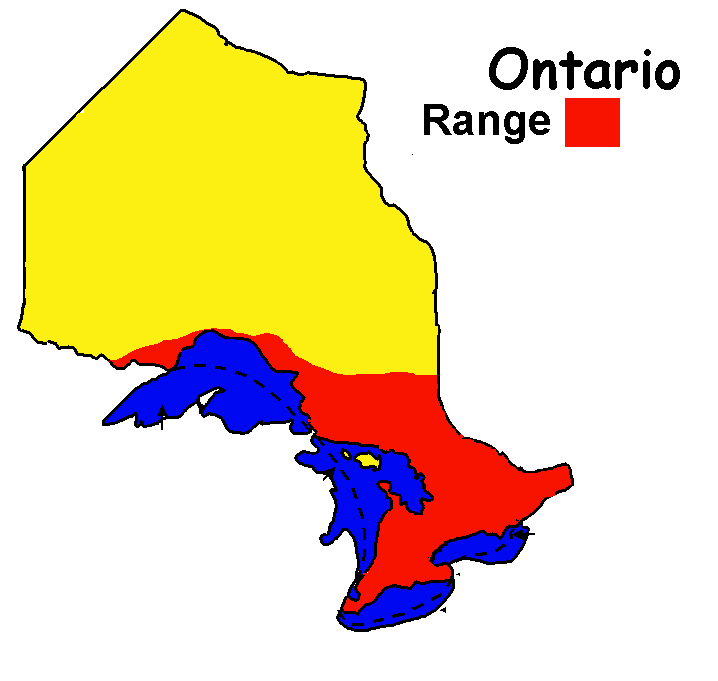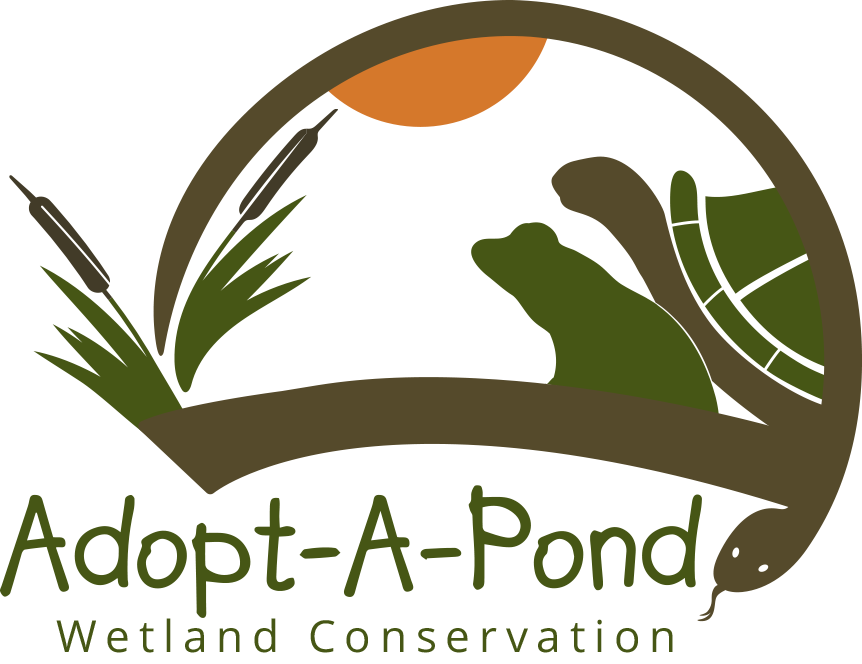Salamanders
Eastern Red-backed Salamander
 Plethodon cinereus
Plethodon cinereus - A small 5-10 cm salamander.
- There are two colour phases: the red-back phase has a broad, red stripe down the back and tail; the lead-back phase has a dark grey or lead-coloured back. The side of the slender body are dark grey becoming mottled with light grey towards the belly. Very rarely all-red salamanders are found.
- The red-back salamander is one of three Ontario salamander species which has no lungs. Since all respiration must take place through the skin, the red-back is restricted to moist environments.
- This is, in part, the result of a life cycle that can be completed free of standing water; unlike other amphibians, the red-backs complete their development on land without becoming free-swimming gilled larvae.
- Larval development occurs entirely within the egg from which a tiny, fully formed, 2cm, salamander emerges.

- The red-back salamander is found in woodlands, wooded ravines, and river valleys.
- During rainy periods they feed on spiders and small insects in the leaf litter on the forest floor.
- Look for these salamanders under logs and rocks or in moist rotting stumps. When disturbed they scurry into tunnels or wriggle deeper into the crumbling stump.
- They mark their territory using a secretion from glands under their chin. These chemicals act as warnings to other salamanders that they are trespassing and may be attacked.
- Courtship is in September and October. The female retains the sperm during hibernation.
- In the spring she lays 6-10 eggs, which hatch in August and September fully formed.













